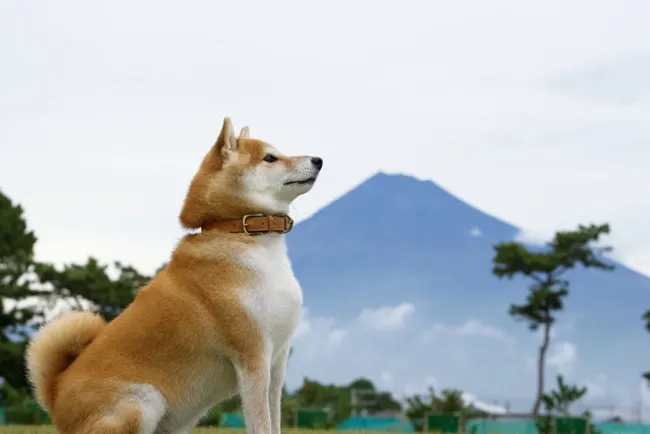Do you know which dog breed is the most popular in Japan?
It’s the Shiba Inu — also known as Shiba-ken, Shiba-inu, or simply Shiba — one of Japan’s most iconic and beloved breeds.
1. Overview & History

The Shiba Inu is one of Japan’s native dog breeds. The breed originated in Japan some 2,300 years ago, originally used for hunting small game and ground birds.
Other sources trace its ancestry even further—some suggest the breed’s predecessors accompanied immigrants to Japan around 7000 BC.
The name itself: “inu” simply means “dog” in Japanese, while “shiba” is commonly translated as “brushwood” (referring perhaps to the terrain where they hunted) or “little” (in an older dialect).
Historically, there were three main regional varieties of Shiba: the Shinshu Shiba (Nagano Prefecture), the Mino Shiba (Gifu Prefecture), and the San’in Shiba (Tottori/Shimane area). After near-extinction around World War II, modern Shibas derive largely from those three stock lines.
In December 1936 the Shiba Inu was officially designated a national natural monument of Japan.
2. Why the Shiba Inu is So Popular
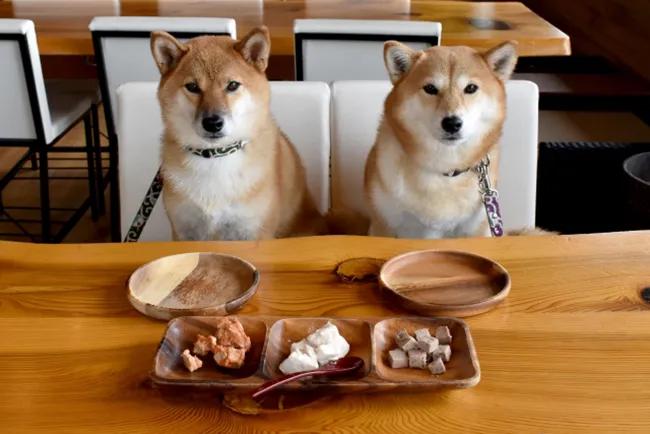
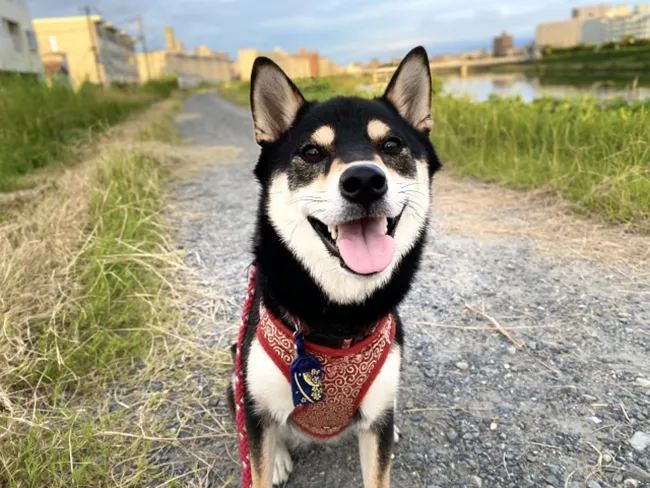
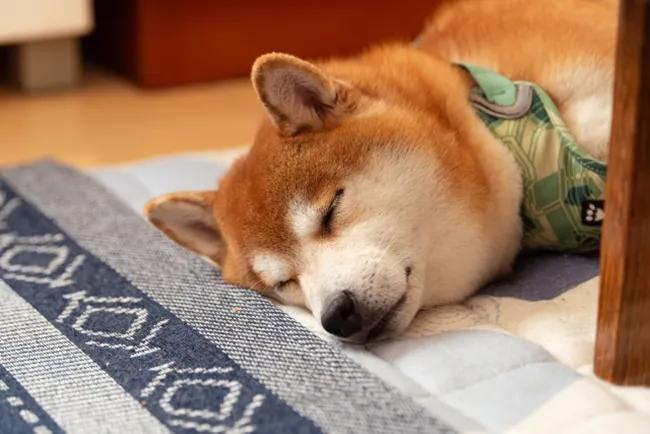
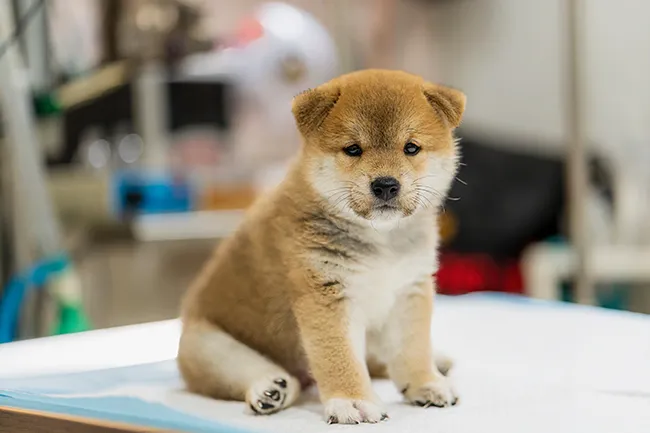
- Compact size + fox-like look: With their curled tail, sharp triangular ears, alert expression, and reddish coat, Shibas immediately catch the eye.
- A spirited personality: They’re confident, bold, and independent—which many people find charming rather than difficult.
- Cultural icon: In Japan, Shibas are everywhere—memes, social media, pop culture, and even in collectibles.
- Worldwide appeal: As more people travel and connect online, Shibas have become popular pets beyond Japan thanks to their distinctive looks and personality.
- Relatively healthy and long-lived: As a breed they have fewer extreme size/shape issues than many designer breeds, and average lifespans of around 13-16 years are reported.
3. Breed Types & Colours
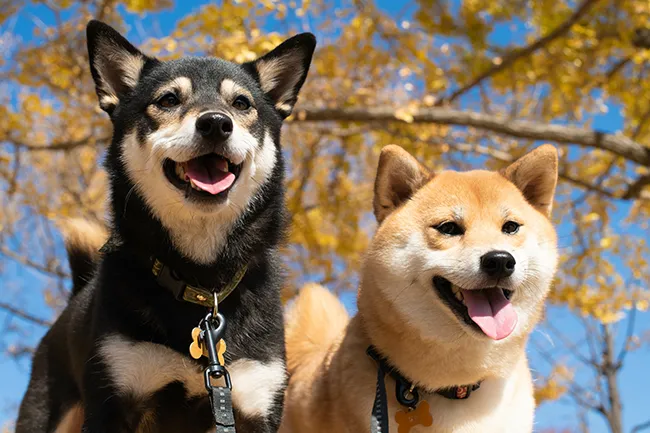
While most Shibas you’ll see are of the standard type, it’s interesting to understand the variations:
| Colour / Type | Description | Notes |
|---|---|---|
| Red | The classic reddish coat | The most common colour |
| Black & Tan | Black coat with tan or cream-coloured markings | Strong contrast pattern |
| Sesame (or Goma) | Red coat with black-tipped hairs | Less common and very attractive |
| Cream / & White markings | Very light coat with minimal markings | Some registries limit full-white variants |
On the subject of types: while the modern Shiba is one breed, the historical regional types (Mino, San’in, Shinshu) contributed subtle differences in build, tail curl, ear shape, and coat quality.
4. Key Characteristics & Temperament
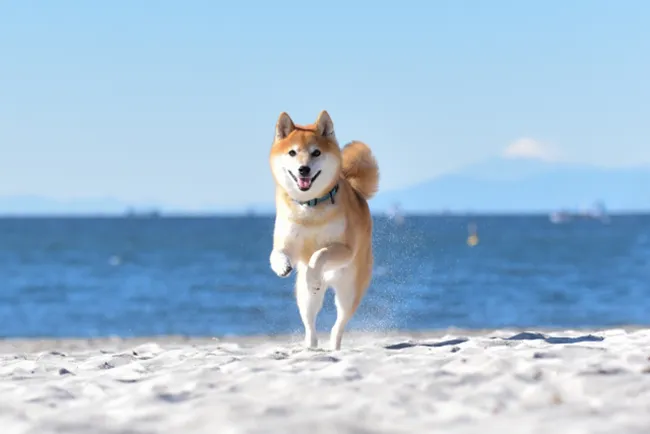
- Size & build: Shibas are small to medium, compact and muscular rather than delicate. Their height at withers around 34-42 cm and weight around 8-11 kg.
- Coat: They have a double coat — a soft dense undercoat and a straight, stiff outer coat. Good for cooler climates.
- Tail: The tail is thick, plush, and curls over the back in the typical show standard.
- Personality: Independent, alert, confident, sometimes stubborn. They often exhibit a “cat‐like” manner: self-grooming, aloof with strangers, and strong sense of territory.
- Intelligence & trainability: They are smart, but because of their independent streak they may not always obey like a retriever or other very biddable breed. Training with positive reinforcement, consistency, socialization early on — all are important.
5. Training, Grooming & Care
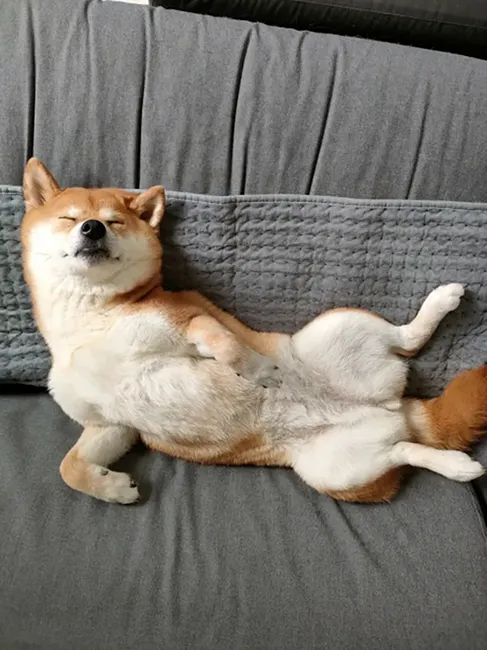
- Training: Early socialization is key. Because Shibas can be bold and independent, they benefit from firm but fair leadership, lots of mental stimulation, and consistent routines. Avoid harsh methods — positive reinforcement works best.
- Exercise: They need moderate exercise — daily walks, playtime, mental challenges. They don’t necessarily need huge yards, but they do need safe, secure outdoor time since they may decide to “go exploring”.
- Grooming: The double coat means seasonal “blow‐outs” of shedding (especially spring and autumn). Regular brushing helps. The outer coat is relatively easy to maintain.
- Health: Overall a healthy breed, but like all dogs, Shibas have predispositions. Some issues: knee problems (patellar luxation), allergies, dental issues. Average lifespan is about 12-16 years.
- Living environment: They do well in apartments if exercised, but will also enjoy yards. Because of their independent nature, leaving them alone for very long periods regularly may lead to unwanted vocalization or mischief.
6. Where to Get a Shiba Inu
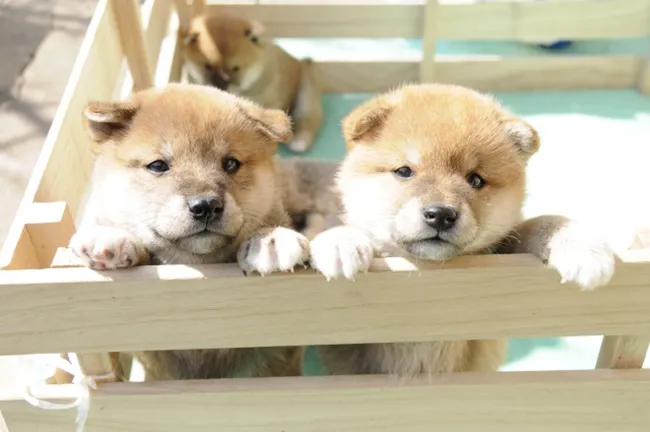
If you’re considering adopting or purchasing a Shiba Inu, here are things to keep in mind:
- Reputable breeders: Especially in Japan, or export breeders, you’ll want someone who follows health screening, socialization, and proper lineage records. In many countries the breed club for Shiba Inu offers guidance.
- Rescue adoption: Some Shibas end up in shelters or rescue organisations. Adoption is a good option if you’re prepared for a breed that may have strong personality.
- Cost & commitment: Purebred Shibas can be relatively expensive depending on region. Beyond cost, they are a long-term commitment (10+ years) with grooming, training, care, and associated vet costs.
- Compatibility: Because of their independent streak, Shibas may be best for owners who have some dog experience, can lead with calm confidence, and who are okay with a dog that may choose when it wants affection or training.
7. Summary: Why the Shiba Inu Might Be Right (or Not Right) for You

Pros:
- Eye-catching looks (fox-face, curled tail)
- Confident, independent personality (many find this charming)
- Fairly healthy, decent lifespan
- Compact size makes them suitable for many living situations
Cons / things to consider:
- Independent nature can mean “hard mode” for training compared with very eager-to-please breeds
- Shedding twice a year can be intense
- May have a strong prey drive (they were bred to hunt)
- May be more aloof with strangers than super-friendly with all dogs or people
If you’re looking for a unique, spirited and beautiful dog and are ready to meet the training and socialization challenge, the Shiba Inu could be a wonderful companion. If you prefer a very “easy-goes” dog that always wants to please you, you might want to research carefully.
8. Closing Thoughts
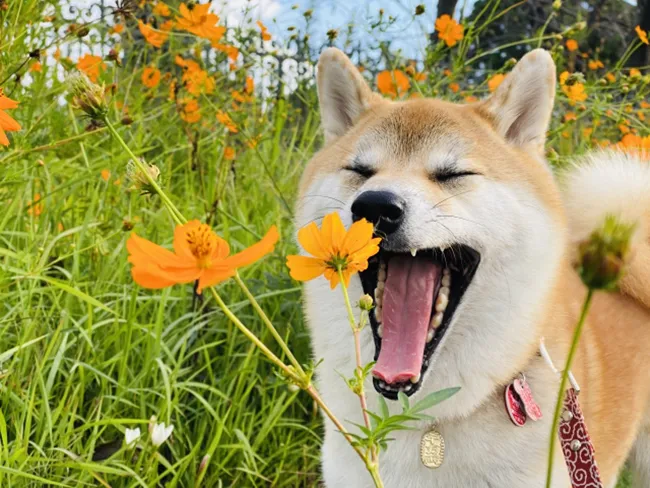
The Shiba Inu is more than “just a cute dog from Japan”. It carries centuries of heritage, a strong character, and a distinct look and demeanor that sets it apart. Whether you appreciate it for its history, its colour variations, its personality, or simply its charm, the Shiba has earned its spot as one of Japan’s most iconic dogs — and increasingly, one of the world’s beloved companions.
Thanks for reading!
If you enjoy my posts, your support really motivates me ☕

